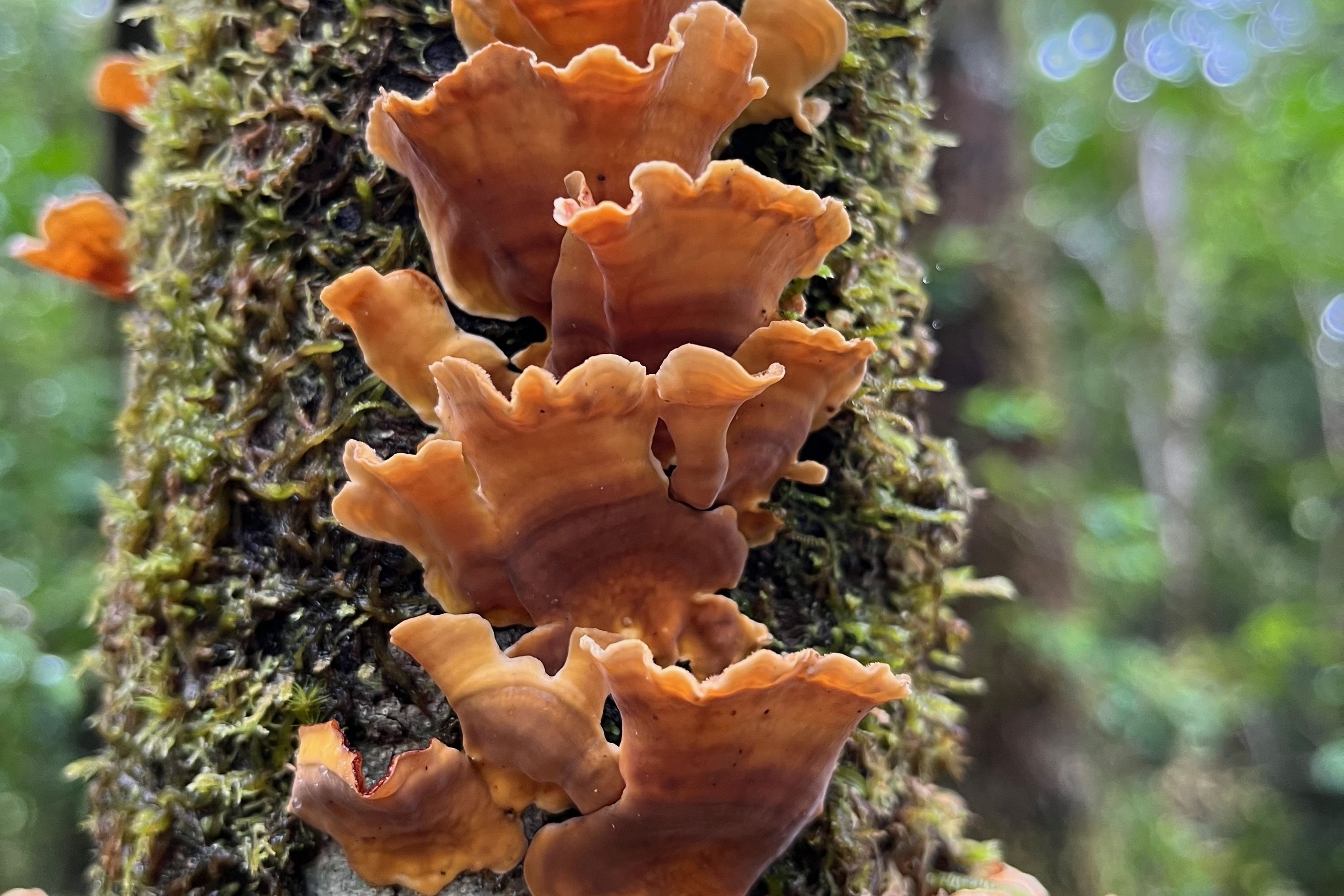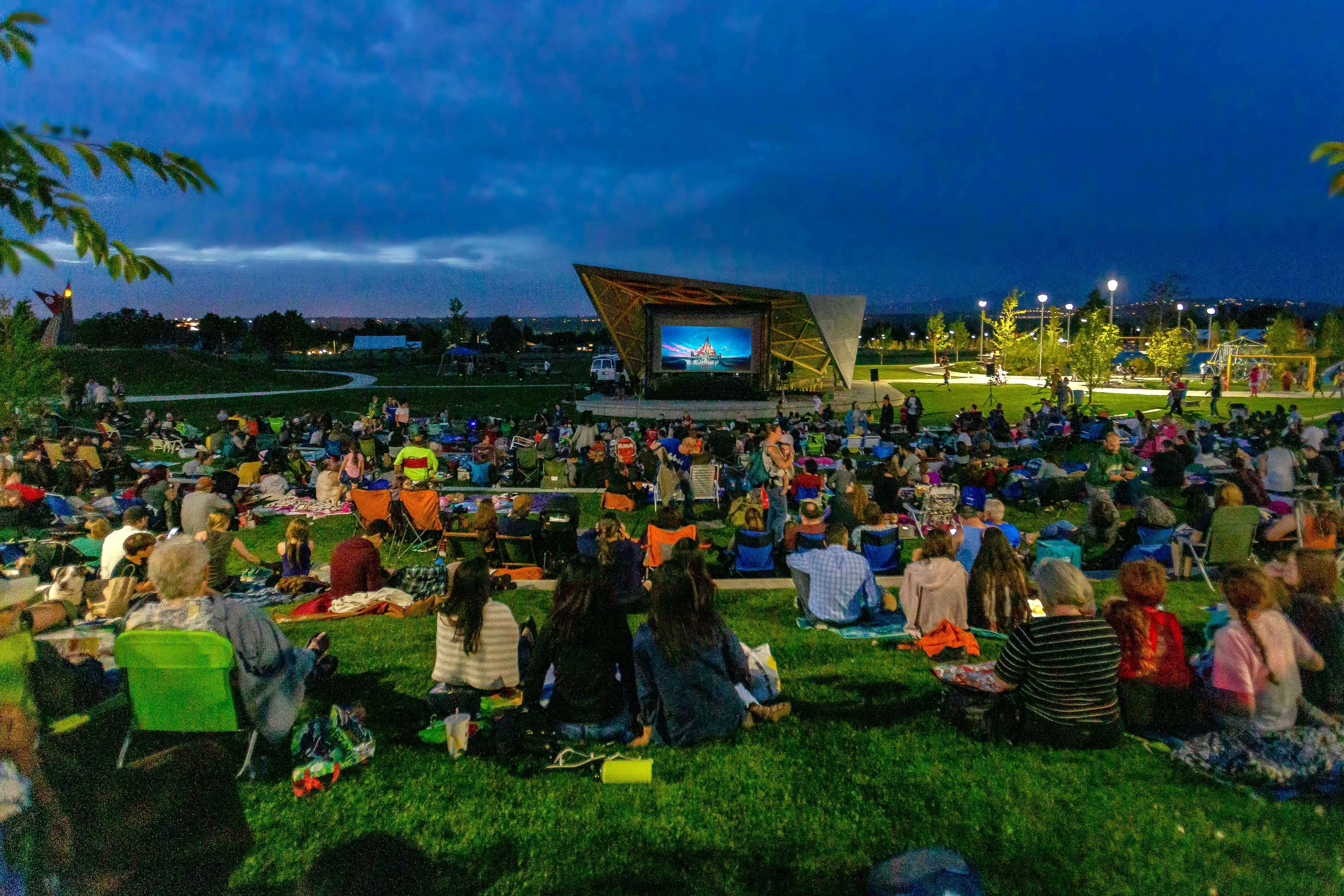Duckbill Isn't Oregon's Only At-Risk Landmark

Image: Oregon State Parks
All week long, global newsrooms have scrambled to cover a small coastal park near Pacific City, Oregon. Seriously, everybody from the Washington Post to the Daily Mail has chimed in on the heartbreaking recent toppling of Cape Kiwanda's seven-foot-tall sandstone “Duckbill monument."
While the perpetrators caught on the video above remain unknown and at large (landmarks beware), the State of Oregon Parks and Recreation Department has decided to move. On Tuesday, September 6, the parks agency forwarded all details to the Oregon State Police to decide what laws were breached. (According to Chris Havel, Oregon State Parks Associate Director, the likeliest scenario involves a minimum $435–$2,000 fine for the Class A violation—if the perpetrators are caught.)
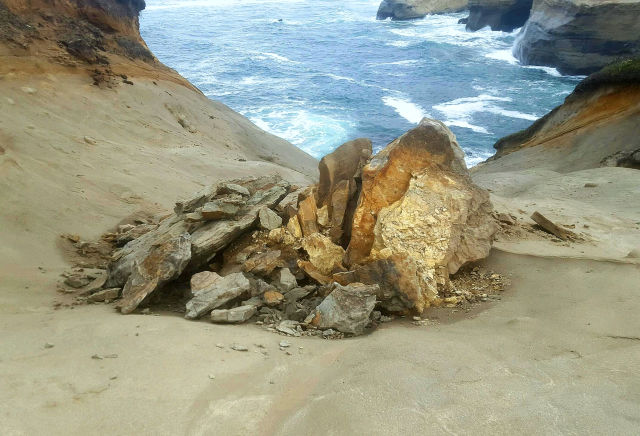
Duckbill down.
Image: Oregon State Parks
The crime occurred on a frequently traveled stretch of sandstone, one that has been fenced off by park authorities since 1997. As volumes of sentimental Instagrams show, many choose to ignore the obvious barrier. Havel says the behavior may not even be considered technically trespassing, but there is a most excellent reason to stay well back: in the last two years alone, six people have fallen to their deaths at Cape Kiwanda. This past spring, Oregon State Parks even assembled a safety work group to consider solutions that might walk the line between personal safety and hands-on public love.
If there's a silver lining in the Duckbill drama, says Havel, it's in reanimating a running conversation about responsible recreation—a topic we've grappled with at least since John Muir and Teddy Roosevelt had that sleepover in the Sierra Nevadas (which led to the establishment of the National Park System). Here's the central question of that debate: can we explore these natural wonders without leaving our footprints all over them? Or do we need to, um, build some walls?
Consider three other at-risk Oregon destinations that remain easy targets for vandals:
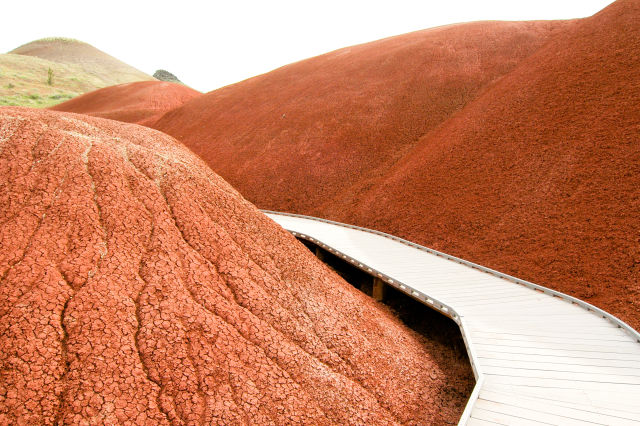
The vibrant, extremely fragile clay of the John Day Fossil beds is protected by a boardwalk. Don't slip!
Image: Shutterstock
THE JOHN DAY FOSSIL BEDS NATIONAL MONUMENT
Shelley Hall, superintendent of the John Day Fossil Beds National Monument in central Oregon, deals with vandalism at each of the monument's three sites, despite fences, barriers, and signs that clearly show which trails are accessible. She's most frequently called to the Painted Hills just outside of Mitchell, where one step into the soft, aerated clay on either side of the boardwalk makes an all-but-permanent imprint—one that ruins the fragile formations underneath and can actually encourage similar acts by other overzealous tourists. Yes, bad behavior ruins the view; it also destroys a sensitive fossil record that stretches back a stunning 40 million years.
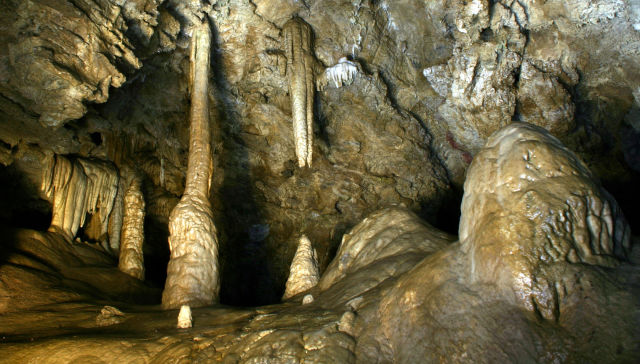
In the Oregon Caves: the delicate stalactites of Miller's Chapel—a room named after Joaquin Miller, "Poet of the Sierras."
Image: Wikimedia Commons
THE OREGON CAVES NATIONAL MONUMENT
A century ago, visitors to this labyrinth under the Siskiyous were practically invited to break off these ancient formations as souvenirs. Of course, when a stalactite breaks, it doesn’t grow back—that unique geologic marvel is gone for good. In 2001, National Park Service rangers stepped in to formally guide all cave tours—a move that has drastically reduced such vandalism by essentially chaperoning each and every visitor. According to John Roth, Natural Resources Specialist for the Oregon Caves National Monument, it's hard not to be swayed by the passion for conservation expressed by the rangers—especially given that these tours build in lessons on the consequences of harmful interaction with the monument.
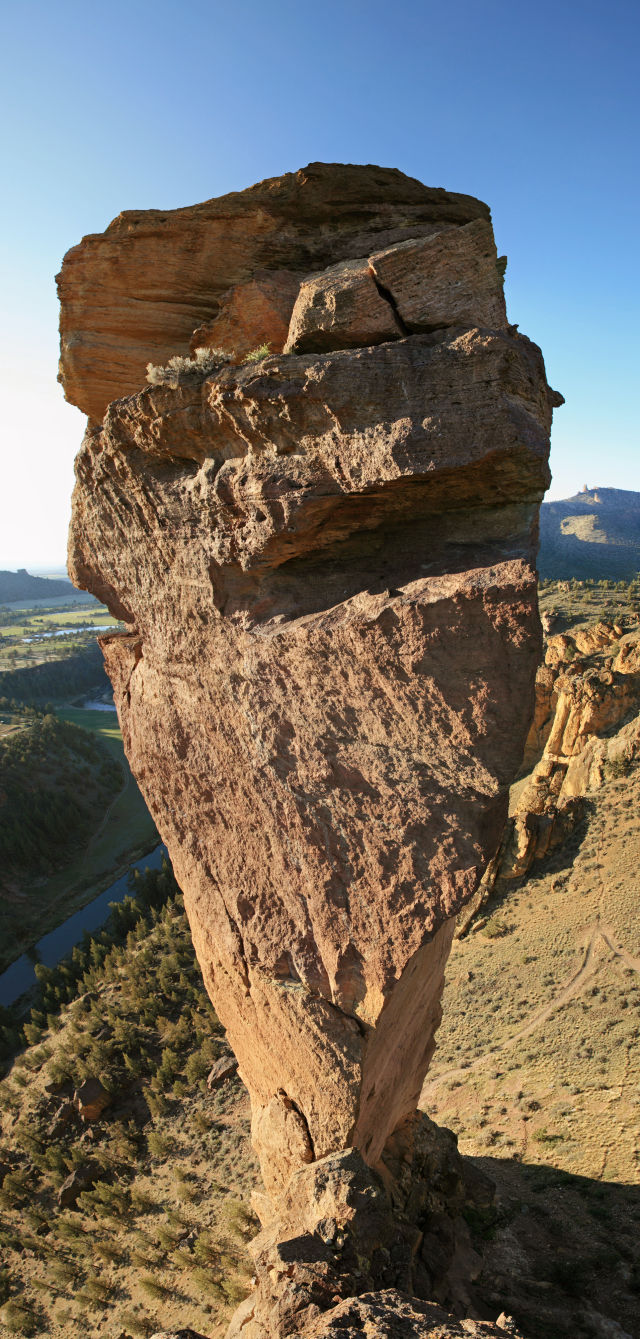
The Monkey Face at Smith Rock.
Image: Shutterstock
SMITH ROCK
Stare up at the towering basalt Monkey Face at Smith Rock, strung with rock climbers on all sides, and one might be forgiven for thinking that this squared-off plinth is indestructible. But climbing is a sport that continues to surge in global popularity, and it's definitely the opposite of hands-off. In recent years, Smith Rock's administrators have become increasingly concerned about overuse. Effects of the foot traffic may not be visible for years, but every triumphant summit dance will undoubtedly shape the future of the Monkey Face. (Even before the incident at Cape Kiwanda, Oregon State Parks had planned a November summit to figure out how to make climbing at Smith Rock more sustainable.)
THE TAKEAWAY?
Chris Havel reminds us that what we do at the park is personal. He suggests that visitors switch from viewing their presence as one of passive enjoyment to one that can help ensure that “the life of the park is longer because of their visit.” (Here's a place to start.) Adds Havel: "We don’t get that kind of thinking at Cape Kiwanda right now, but maybe because of [the Duckbill Case], someone will think twice about the climbing the fence.”
